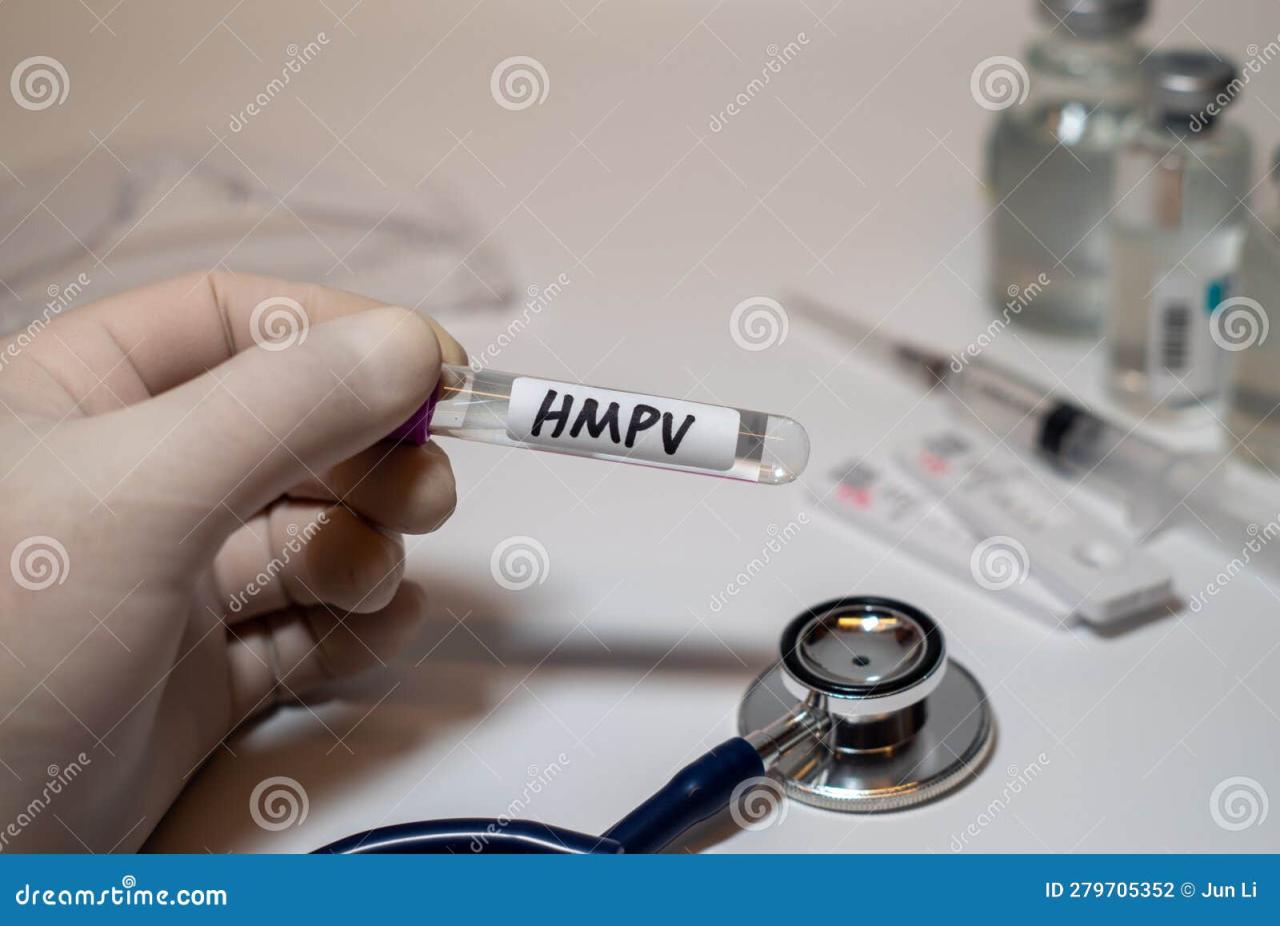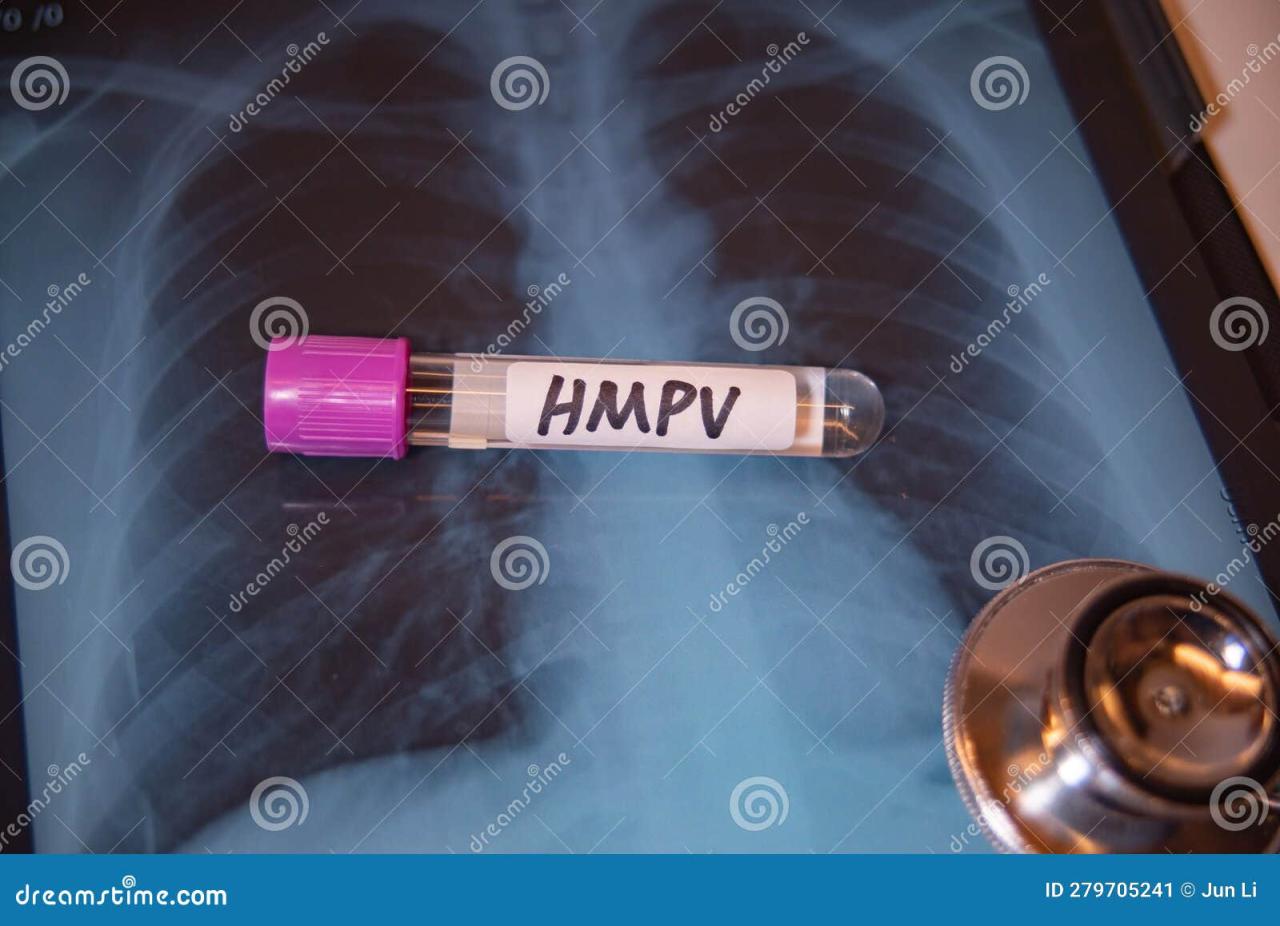Viral disease HMPV is on the rise among kids in China — what is it? This respiratory virus, related to RSV and influenza, is causing concern. Understanding its transmission, symptoms, and treatment is crucial for parents and healthcare providers alike. This article will explore the characteristics of HMPV, the reasons behind its current surge in China, and what steps are being taken to manage the outbreak.
We’ll also cover preventative measures and answer common questions.
We’ll delve into the specifics of HMPV, from its genetic makeup and lifecycle to its distinctive symptoms in children. We’ll examine the various ways it spreads and the factors contributing to the increased cases in China. Furthermore, we’ll discuss diagnostic methods, treatment options, and the public health response, including challenges and recommendations for future preparedness. Finally, we’ll look at potential long-term effects and ongoing research efforts.
So, HMPV is hitting kids hard in China right now – it’s a respiratory virus causing a lot of concern. It’s a pretty different situation from the world of sports, where, meanwhile, Real Madrid become first team to reach 5000 LaLiga points , a truly impressive feat! Getting back to HMPV, understanding its spread and symptoms is key to protecting vulnerable children.
Human Metapneumovirus (HMPV) Surge in China: Understanding the Virus

A recent surge in Human Metapneumovirus (HMPV) infections among children in China has raised concerns. Understanding HMPV, its transmission, and effective mitigation strategies is crucial for public health management. This article provides a comprehensive overview of the virus, its impact, and the ongoing response.
Human Metapneumovirus (HMPV): Structure, Lifecycle, and Genetic Variations, Viral disease HMPV is on the rise among kids in China — what is it?

Human Metapneumovirus (HMPV) is a negative-sense, single-stranded RNA virus belonging to the family Paramyxoviridae. It’s enveloped, meaning it has a lipid membrane surrounding its genetic material. The virus’s lifecycle involves attachment to host cells via its surface glycoproteins, entry into the cell, replication of its RNA genome, assembly of new viral particles, and release of these particles to infect other cells.
HMPV exhibits genetic diversity, categorized into two major genotypes, A and B, further subdivided into several subtypes. These genetic variations influence the virus’s virulence and ability to evade the immune system. Compared to Respiratory Syncytial Virus (RSV) and influenza, HMPV shares similarities in its respiratory tropism but differs in its genetic makeup and clinical manifestations. While all three cause respiratory illness, HMPV tends to cause less severe lower respiratory tract infections than RSV in most cases, and its symptoms can sometimes overlap with influenza.
Typical Symptoms of HMPV Infection in Children
HMPV infection in children typically presents with symptoms similar to other respiratory viruses, including runny nose, cough, fever, and sometimes wheezing. The severity can range from mild upper respiratory tract infections to more severe bronchiolitis or pneumonia, especially in infants and young children with underlying health conditions. The incubation period is typically 2-6 days, with contagiousness lasting for approximately 1-2 weeks after symptom onset.
Transmission and Spread of HMPV
HMPV primarily spreads through respiratory droplets produced during coughing or sneezing. Close contact with infected individuals facilitates transmission. The recent increase in HMPV cases in China may be attributed to several factors, including increased population density, changes in weather patterns, and reduced immunity following the COVID-19 pandemic. Environmental factors like poor ventilation in crowded settings can also contribute to HMPV spread.
So, HMPV is hitting Chinese kids hard right now – it’s a nasty respiratory virus. Want to understand how easily information like this spreads? Think about how quickly news travels; you could even use AI to create different voice announcements about it, maybe comparing the clarity of different AI voices by checking out this resource on comparing different AI voice generator software options.
This highlights how tech can help spread vital health info quickly, which is crucial when dealing with outbreaks like this HMPV surge.
| Risk Factor | Age Group | Underlying Condition | Impact on Severity |
|---|---|---|---|
| Prematurity | Infants | None | Increased risk of severe bronchiolitis |
| Chronic lung disease | Children | Asthma, cystic fibrosis | Increased risk of pneumonia and hospitalization |
| Immunodeficiency | Children | HIV, congenital immunodeficiency | Prolonged infection, increased risk of severe complications |
| Cardiovascular disease | Children | Congenital heart disease | Increased risk of respiratory failure |
Symptoms and Diagnosis of HMPV
Differentiating HMPV from other respiratory viruses solely based on symptoms can be challenging. However, the presence of wheezing, particularly in younger children, might suggest HMPV infection. Diagnosis involves laboratory testing, primarily using molecular techniques like PCR (polymerase chain reaction) to detect HMPV RNA in respiratory samples. Early detection allows for prompt management and reduces the risk of complications.
Complications from HMPV can include pneumonia, bronchiolitis, croup, and, in rare cases, respiratory failure.
Treatment and Prevention of HMPV
Currently, there’s no specific antiviral treatment for HMPV. Management focuses on supportive care, including hydration, oxygen therapy if needed, and management of symptoms. Preventative measures are crucial. These include practicing good hand hygiene, covering coughs and sneezes, and avoiding close contact with infected individuals. Although a licensed HMPV vaccine isn’t currently available, ongoing research explores the possibility of developing one.
So, you’re wondering about HMPV, the viral disease hitting Chinese kids? It’s a respiratory virus causing concern, and while completely unrelated, it’s interesting to contrast this health crisis with the political news from the US; for instance, check out this article about Mike Johnson’s reelection as Speaker of the House: États-Unis : Mike Johnson réélu à la présidence de la Chambre des.
Getting back to HMPV, remember to consult your doctor if your child shows symptoms.
Infographic: The infographic would visually depict effective preventative measures, including images of proper handwashing techniques, covering coughs and sneezes, maintaining social distancing, and promoting good ventilation in indoor spaces. It would emphasize the importance of vaccination against other respiratory viruses to reduce the overall burden of respiratory illnesses.
Public Health Response to the HMPV Outbreak in China
China’s public health response to the HMPV surge likely involves enhanced surveillance, increased testing capacity, and public health communication campaigns promoting preventative measures. Challenges may include the rapid spread of the virus, limited resources in some areas, and the need for effective public health messaging. The effectiveness of these strategies will be evaluated over time by monitoring infection rates and hospitalizations.
Comparing the response to similar outbreaks in other countries would help identify best practices and areas for improvement.
- Strengthen surveillance systems for early detection of outbreaks.
- Invest in research and development of HMPV vaccines and therapeutics.
- Improve access to diagnostic testing and treatment in underserved areas.
- Enhance public health communication to promote preventative measures.
- Develop and implement pandemic preparedness plans for respiratory viruses.
Long-Term Effects and Research

While most children recover fully from HMPV infection, some may experience long-term effects, including recurrent wheezing or asthma. Further research is needed to understand the long-term respiratory consequences of HMPV infection and to develop effective prevention and treatment strategies. Ongoing research efforts focus on developing new antiviral drugs, vaccines, and improved diagnostic tools. Epidemiological studies are crucial for tracking the spread of HMPV, identifying high-risk populations, and informing public health interventions.
Last Point: Viral Disease HMPV Is On The Rise Among Kids In China — What Is It?
The recent surge in HMPV cases among children in China highlights the importance of understanding and addressing this respiratory virus. While effective treatments and preventative measures exist, ongoing research and public health initiatives are vital to mitigating future outbreaks. By staying informed about HMPV and taking appropriate precautions, we can protect vulnerable children and lessen the impact of this illness.
Remember, hand hygiene and awareness of symptoms are key elements in prevention.
Answers to Common Questions
Is HMPV dangerous?
Most HMPV infections are mild, causing cold-like symptoms. However, it can be serious for infants, young children, and those with underlying health conditions.
How long is the HMPV contagious period?
Individuals are typically contagious for about 1-2 weeks, but this can vary.
Can HMPV be prevented with a vaccine?
Currently, there is no vaccine against HMPV. Prevention focuses on good hygiene practices.
What is the treatment for HMPV?
Treatment primarily focuses on supportive care, such as managing fever and relieving symptoms.
